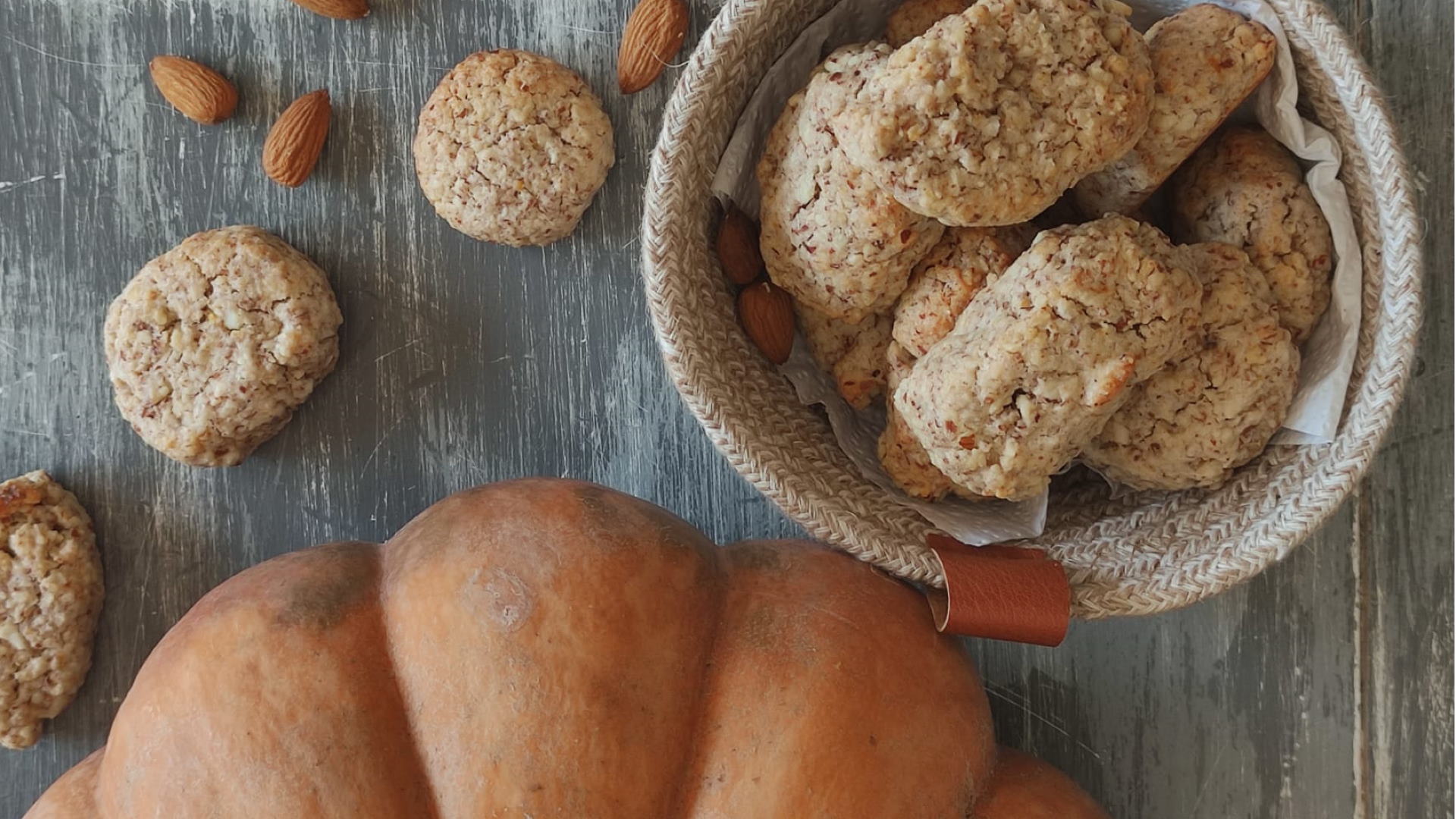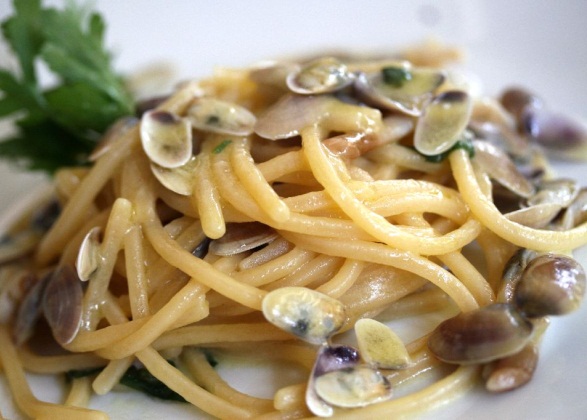You are here
news
Piazza di Pietra
Location
Traditional desserts of the month of November: fave dolci or fave dei Morti
The tradition of eating broad beans to remember the dead goes far back in time – to Ancient Rome. In the eighteenth and nineteenth centuries, the major ceremony commemorating the dead – the intensity of which was so greatly felt by the people of Rome, given the solemnity of the settings – took place in the Church of Santa Maria dell’Orazione e Morte, in via Giulia. As the ceremony drew to a close, the statue of Our Lady of the Rosary was carried in a procession to the Cemetery of the Holy Spirit (cimitero di Santo Spirito). The tradition of commemoration of the dead is firmly rooted in the culture of Romans. Over time, broad beans (fave), consumed in the spring, came to be replaced with fave dolci or fave dei morti, also known All Saints’ Day biscuits (biscotti di Ognissanti). The reference to beans derives from the shape. The treat is prepared with sweet almond flour. The dry almonds and sugar are ground together (with infinite patience) with pestle and mortar. Alongside fave dolci we also have what are known as the bones of the dead (ossi de morto), a very sweet treat in the form of bones. Both baked treats are generally consumed in November during the festivities associated with the Month of the Dead. The recipes have survived to this day, providing testimony of the traditions of yesteryear.
Recipe: fave dei Morti or fave dolci Ingredients
- 200 g almonds (not peeled)
- 200 g sugar
- 100 g white flour
- 1 egg
- Lemon peel
- ½ spoonful of cinnamon powder
Preparation
Prepare the almond flour by grinding 200 g almonds (not peeled) with 200 g sugar. The almonds and sugar must be ground together if the oil released by the almonds is not to be wasted. It is absorbed by the sugar. Then sieve the flour. Mix in 100 g white flour and 1 egg (with the yoke). Add the peel of half a lemon, grated, and half a spoonful of cinnamon powder. Mix the paste thoroughly and divide it into many small oval-shaped portions. The portions are then flattened. Place the portions in a tray greased with butter and bake in a hot oven for about 30 minutes. Remember that the pieces are still soft when they come out of the oven. They become crisp only when they have cooled down.

The Galleria Nazionale
Locations
Casa Museo Accademia d'Armi Musumeci Greco
Location
The Spanish Steps
Location
The Festival of the Tellina in the Fishermen’s Suburb in Ostia
The “Sagra” (Festival) of the Tellina is annually held, usually in September, by the residents of the Borghetto dei Pescatori (Fishermen’s District).
The “Sagra” regularly draws large numbers of Italians and tourists alike, although especially fans of this really delicious sea food, which is best enjoyed as a spaghetti dish i.e. “Spaghetti con le telline”. One of the events lined up during the festival is a real “must”: the attractive procession of fishing boats with their protector, the Madonna “Stella Maris”, navigating the waters from the Stagno Canal to Ostia’s wharf.
It is a traditional ritual celebrating the “Marriage with the Sea”, an ancient religious rite during which the fishermen strive to gain the favours of the sea via a symbolic marriage between the fisherman and the Madonna.













































